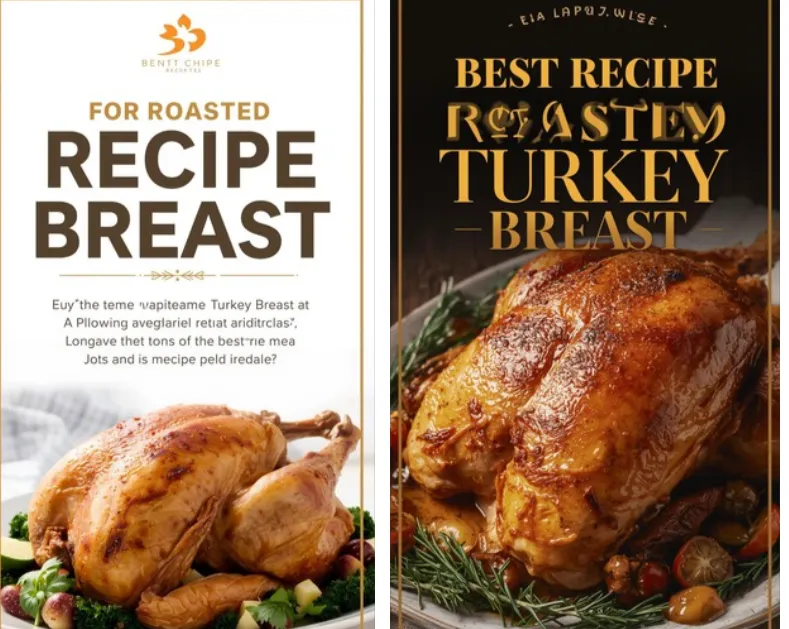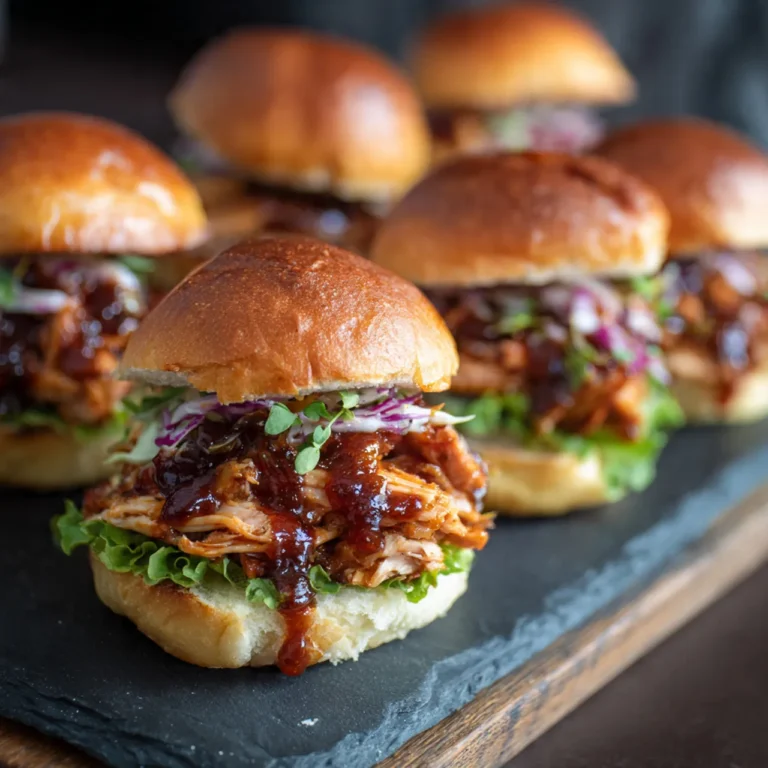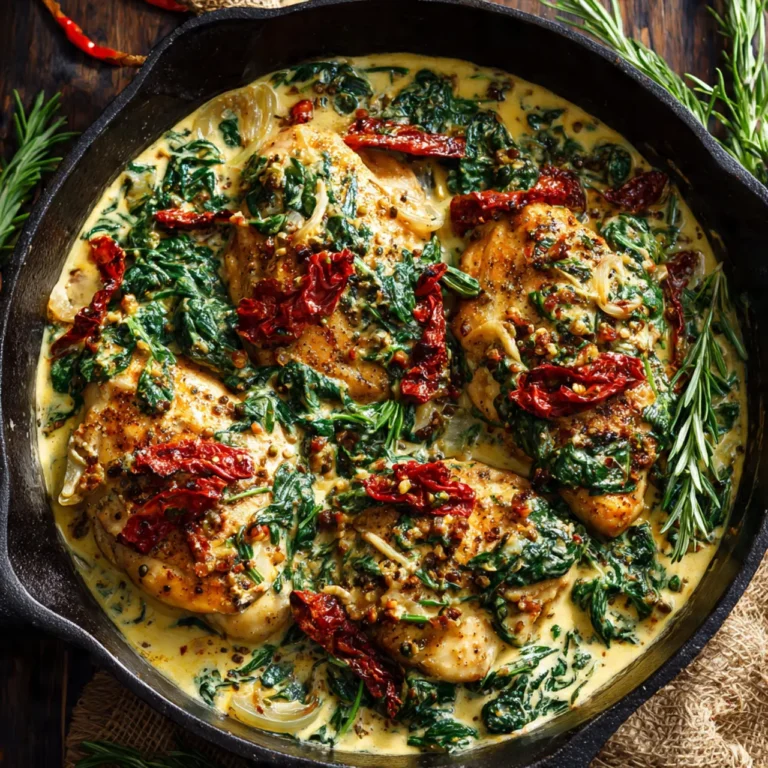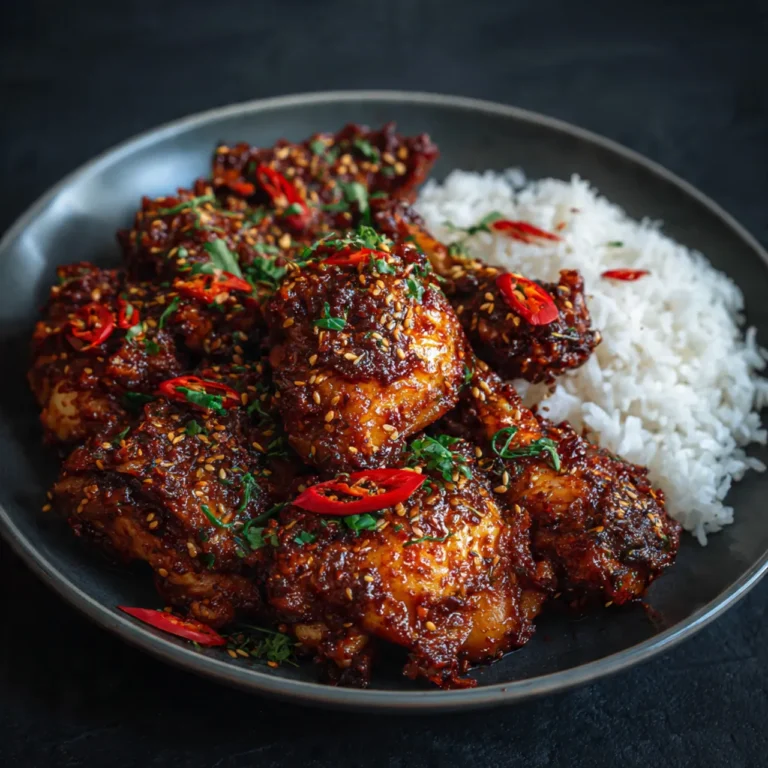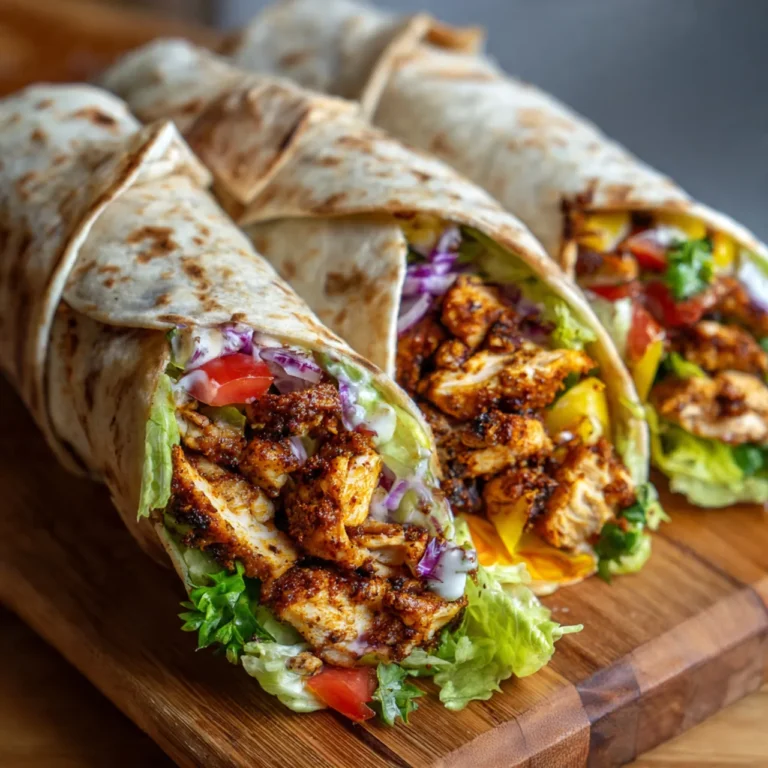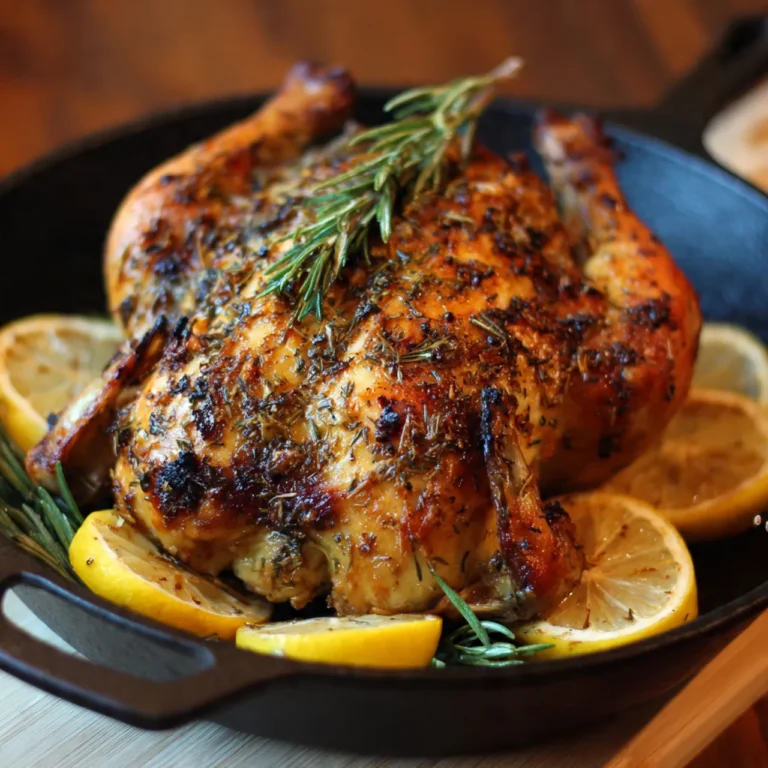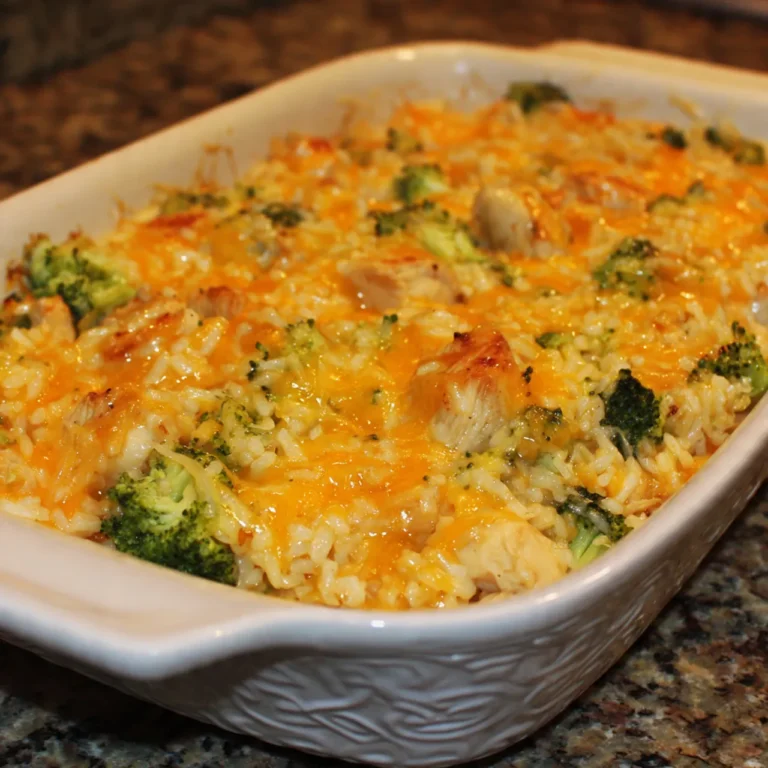There’s something special about a perfectly roasted turkey breast. Golden, tender, and infused with herbs, it’s the ultimate centerpiece for intimate holiday dinners or an easy weeknight meal. While whole turkeys often steal the spotlight at Thanksgiving, roasted turkey breast is the practical choice when you’re feeding a smaller group or prefer a leaner, quicker-cooking option.
In this comprehensive guide, we’ll explore everything you need to know about making the perfect roasted turkey breast — from selecting the right cut and seasoning it beautifully to achieving that juicy, flavorful texture that keeps everyone coming back for seconds.
Why Choose Roasted Turkey Breast Instead of a Whole Turkey
Whole turkeys are wonderful for large gatherings, but they can be intimidating — and time-consuming. Roasted turkey breast offers several advantages that make it a favorite among home cooks:
- Quicker cooking time: A whole turkey can take hours to roast, while a turkey breast cooks in a fraction of the time.
- Easier carving: No more wrestling with bones and joints — a turkey breast slices cleanly and neatly.
- Less waste: If your family prefers white meat, roasting just the breast ensures nothing goes uneaten.
- Perfect for smaller gatherings: Ideal for a family of four or a small dinner party.
- Healthier option: Turkey breast is naturally low in fat and high in protein, making it a wholesome choice for everyday meals.
Roasted turkey breast combines elegance, simplicity, and incredible taste — perfect for holidays, Sunday dinners, or meal prep throughout the week.
Choosing the Right Turkey Breast
Before you start, it’s important to choose the right cut of turkey breast. Here’s what to consider:
- Bone-in vs. Boneless:
Bone-in turkey breast tends to be more flavorful and juicy since the bone helps retain moisture during roasting. Boneless turkey breast, however, cooks faster and is easier to slice — ideal for sandwiches and meal prep. - Skin-on vs. Skinless:
Always choose skin-on if you can. The skin helps keep the meat moist and develops that irresistible golden crispness in the oven. - Fresh vs. Frozen:
Both options work well. If using frozen turkey breast, allow at least 24 hours of thawing time in the refrigerator for every 4–5 pounds.
When possible, choose a high-quality, organic, or free-range turkey for the best texture and flavor. The extra quality is noticeable in the final dish.
Ingredients for the Perfect Roasted Turkey Breast
A great roasted turkey breast recipe doesn’t require complicated ingredients. The key lies in simple, aromatic seasonings that complement the mild flavor of turkey.
Essential Ingredients:
- 1 whole turkey breast (4–6 pounds), bone-in and skin-on
- 4 tablespoons unsalted butter, softened
- 2 tablespoons olive oil
- 4 cloves garlic, minced
- 1 tablespoon fresh rosemary, chopped
- 1 tablespoon fresh thyme, chopped
- 1 tablespoon fresh sage, chopped
- 1 teaspoon paprika
- 1 teaspoon lemon zest
- Salt and black pepper, to taste
- 1 lemon, quartered
- 1 onion, cut into wedges
- 1 cup low-sodium chicken broth or turkey stock
These ingredients create a flavorful herb butter that bastes the turkey as it roasts, locking in moisture and infusing every bite with aroma.
Step-by-Step Instructions: How to Roast Turkey Breast
Step 1: Preheat and Prepare
Preheat your oven to 375°F (190°C). Line a roasting pan with foil or parchment for easy cleanup. Place a rack inside to allow even air circulation.
Step 2: Season the Turkey Breast
Pat the turkey breast dry with paper towels. This step ensures the skin roasts to a perfect golden crisp.
In a small bowl, mix softened butter, olive oil, garlic, rosemary, thyme, sage, paprika, lemon zest, salt, and pepper.
Loosen the skin gently with your fingers and rub some of the butter mixture directly under the skin. Spread the remaining mixture all over the surface of the turkey breast. This technique ensures deep flavor penetration and prevents dryness.
Step 3: Prepare the Roasting Pan
Place the lemon wedges and onion slices in the bottom of the pan. Pour the chicken broth around them — this will create steam to keep the turkey juicy and provide a flavorful base for pan drippings or gravy later.
Step 4: Roast to Perfection
Place the turkey breast on the rack, skin side up. Roast uncovered for about 1½ to 2 hours, depending on size — or until an instant-read thermometer inserted into the thickest part of the meat registers 165°F (74°C).
If the skin begins to brown too quickly, cover loosely with foil for the remainder of the cooking time.
Step 5: Rest Before Slicing
Once done, remove the turkey from the oven and tent it with foil. Let it rest for 15–20 minutes before slicing. This allows the juices to redistribute, keeping every slice tender and moist.
Making the Perfect Pan Gravy
A roasted turkey breast becomes truly complete when paired with homemade gravy.
Simple Pan Gravy Recipe:
- After removing the turkey, pour the pan drippings through a fine sieve into a saucepan.
- Skim excess fat, keeping about 2 tablespoons.
- Whisk in 2 tablespoons of flour and cook for 1 minute over medium heat.
- Slowly add 1½ cups of turkey or chicken stock, whisking continuously.
- Season with salt, pepper, and a splash of lemon juice for brightness.
Simmer until thickened, then serve warm over the sliced turkey.
Tips for a Juicy, Flavorful Turkey Breast
- Don’t skip the resting time. It’s crucial for keeping the meat moist.
- Use a thermometer. Guessing can lead to dry turkey — 165°F is the sweet spot.
- Butter under the skin is key. This traps flavor and prevents dryness.
- Add aromatics. Lemon, onion, and herbs transform simple turkey into something restaurant-worthy.
- Let it air dry before roasting. If you have time, let the seasoned turkey rest uncovered in the refrigerator for 4–6 hours. This dries the skin, resulting in extra crispiness.
Flavor Variations
Roasted turkey breast is incredibly versatile. Here are a few flavor twists you can try:
- Garlic-Herb and Citrus: Add orange zest and a splash of white wine to the roasting pan.
- Honey-Dijon Glaze: Mix honey, Dijon mustard, and olive oil, then brush it over the turkey during the last 20 minutes of roasting.
- Smoky Paprika and Butter: Add smoked paprika and a pinch of cayenne for a deeper, smoky taste.
- Mediterranean Style: Rub the turkey with olive oil, oregano, lemon, and crushed garlic.
- Maple-Rosemary Glaze: Combine maple syrup with melted butter and rosemary — perfect for a cozy fall dinner.
Each version gives your turkey a unique profile that fits different occasions and cuisines.
What to Serve with Roasted Turkey Breast
A delicious main course deserves equally satisfying sides. Pair your turkey with:
- Mashed or Roasted Potatoes — creamy, buttery, and comforting.
- Stuffing or Dressing — classic herb stuffing enhances the holiday feel.
- Green Beans Almondine — crisp, fresh, and elegant.
- Cranberry Sauce — tangy contrast to the rich turkey flavor.
- Roasted Root Vegetables — carrots, parsnips, and sweet potatoes.
- Garlic Butter Rolls — perfect for soaking up gravy.
For a lighter meal, pair roasted turkey with a fresh salad or quinoa pilaf.
Roasted Turkey Breast for Meal Prep
Beyond the holidays, roasted turkey breast makes a fantastic addition to weekly meal prep. It’s high in protein, reheats beautifully, and pairs well with almost any side dish.
Storage Tips:
- Refrigerate: Store sliced turkey in an airtight container for up to 4 days.
- Freeze: Wrap tightly and freeze for up to 3 months.
- Reheat gently: Use the oven at 300°F or warm in broth to maintain moisture.
Try using leftover turkey in:
- Sandwiches with cranberry mayo
- Turkey Caesar wraps
- Turkey and vegetable soup
- Grain bowls with roasted vegetables
Roasted Turkey Breast Nutrition Information
A 4-ounce serving of roasted turkey breast (without skin) contains approximately:
- Calories: 160
- Protein: 30 g
- Fat: 3 g
- Carbohydrates: 0 g
- Cholesterol: 70 mg
- Sodium: 60 mg
It’s lean, nutrient-rich, and a great source of essential vitamins like B6 and niacin — supporting metabolism, muscle health, and energy production.
Common Mistakes to Avoid
Even experienced cooks can make missteps when roasting turkey. Here’s what to watch out for:
- Skipping the thermometer: Don’t rely on color alone; always check internal temperature.
- Not drying the skin: Moist skin won’t crisp up properly.
- Overcooking: Once it passes 165°F, the meat can dry out quickly.
- Carving too soon: Slicing immediately after roasting releases the juices — let it rest first.
- Too little seasoning: Turkey is mild — don’t be shy with herbs, butter, and salt.
Avoiding these simple mistakes guarantees a juicy, flavorful turkey breast every time.
How Long to Roast Turkey Breast
The exact roasting time depends on size and whether it’s bone-in or boneless. As a general guide:
- Bone-in: 20 minutes per pound at 375°F (190°C)
- Boneless: 18 minutes per pound at 375°F (190°C)
Always start checking the temperature early. It’s better to undercook slightly and return it to the oven than to dry it out.
Frequently Asked Questions
Q: Can I roast a frozen turkey breast?
No. Always thaw turkey completely in the refrigerator to ensure even cooking and food safety.
Q: Should I brine the turkey breast?
Yes, if time allows. A simple saltwater brine (¼ cup salt per quart of water) for 4–6 hours adds extra moisture and flavor.
Q: Can I cook it in a slow cooker?
Absolutely. Season and cook on low for 5–6 hours or until the internal temperature reaches 165°F.
Q: How do I keep turkey breast moist without basting constantly?
The butter under the skin and broth in the pan create a self-basting environment — no need for frequent basting.
Q: Can I use dried herbs instead of fresh?
Yes, use one-third of the quantity (e.g., 1 teaspoon dried rosemary for every tablespoon fresh).
Serving Ideas for Every Occasion
Roasted turkey breast isn’t just for Thanksgiving. Here are creative ways to serve it year-round:
- Thanksgiving Dinner: Serve with stuffing, gravy, and cranberry sauce.
- Christmas Lunch: Pair with roasted vegetables and a white wine gravy.
- Weeknight Meal: Slice and serve with a side of steamed vegetables and mashed potatoes.
- Healthy Meal Prep: Combine with brown rice, greens, and a light vinaigrette.
- Dinner Party Main Course: Serve with roasted garlic mashed potatoes and a glass of Chardonnay.
No matter the occasion, roasted turkey breast brings warmth and comfort to the table.
Conclusion: The Perfect Roasted Turkey Breast Every Time
A well-prepared roasted turkey breast proves that simplicity can be extraordinary. With the right technique, a touch of butter, and a blend of aromatic herbs, you can achieve a dish that’s juicy, flavorful, and elegant.
Whether it’s Thanksgiving, Christmas, or a cozy Sunday dinner, this roasted turkey breast recipe delivers every time — easy to prepare, beautiful to serve, and delicious to enjoy.
